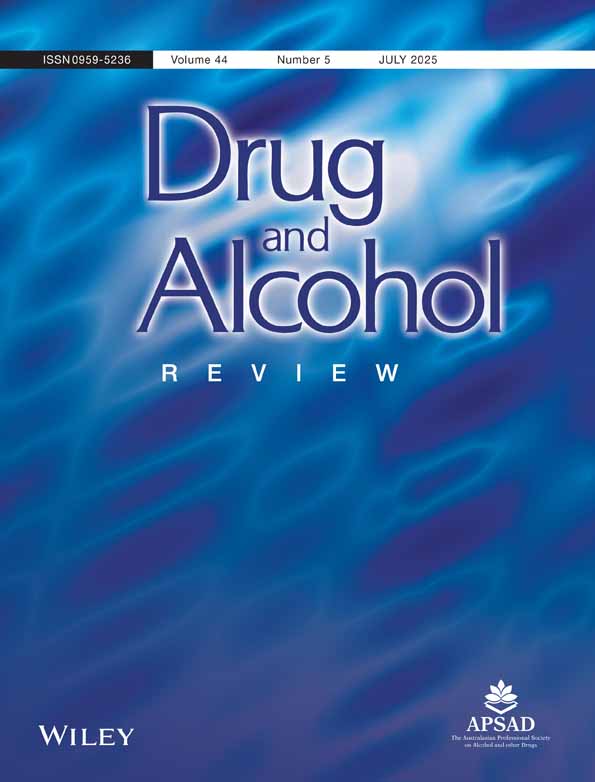HIV risk behaviour and prevention in prison: a bleach programme for inmates in NSW
Abstract
One hundred and eighty-one inmates in AIDS education courses were surveyed about their risk behaviour and access to disinfectants for syringe cleaning in 1993. Overall, 40% of respondents reported HIV risk behaviour in prison. One-quarter of respondents reported injecting, of whom three-quarters reported sharing syringes in prison. Most respondents who shared syringes reported cleaning them with disinfectants (96%), even though only one-third reported having easy access to disinfectants. One-sixth of respondents reported sharing tattooing equipment, of whom two-thirds reported using a disinfectant to clean the tattoo needle. Few respondents reported fellatio (8%) or anal intercourse (4%) in prison. Although some respondents faced difficulty in obtaining disinfectants, almost all respondents cleaned syringes with bleach when sharing. High levels of risk behaviour in prison might be reduced by methadone maintenance and condom programmes. A trial of strict one-for-one syringe exchange warrants consideration.




